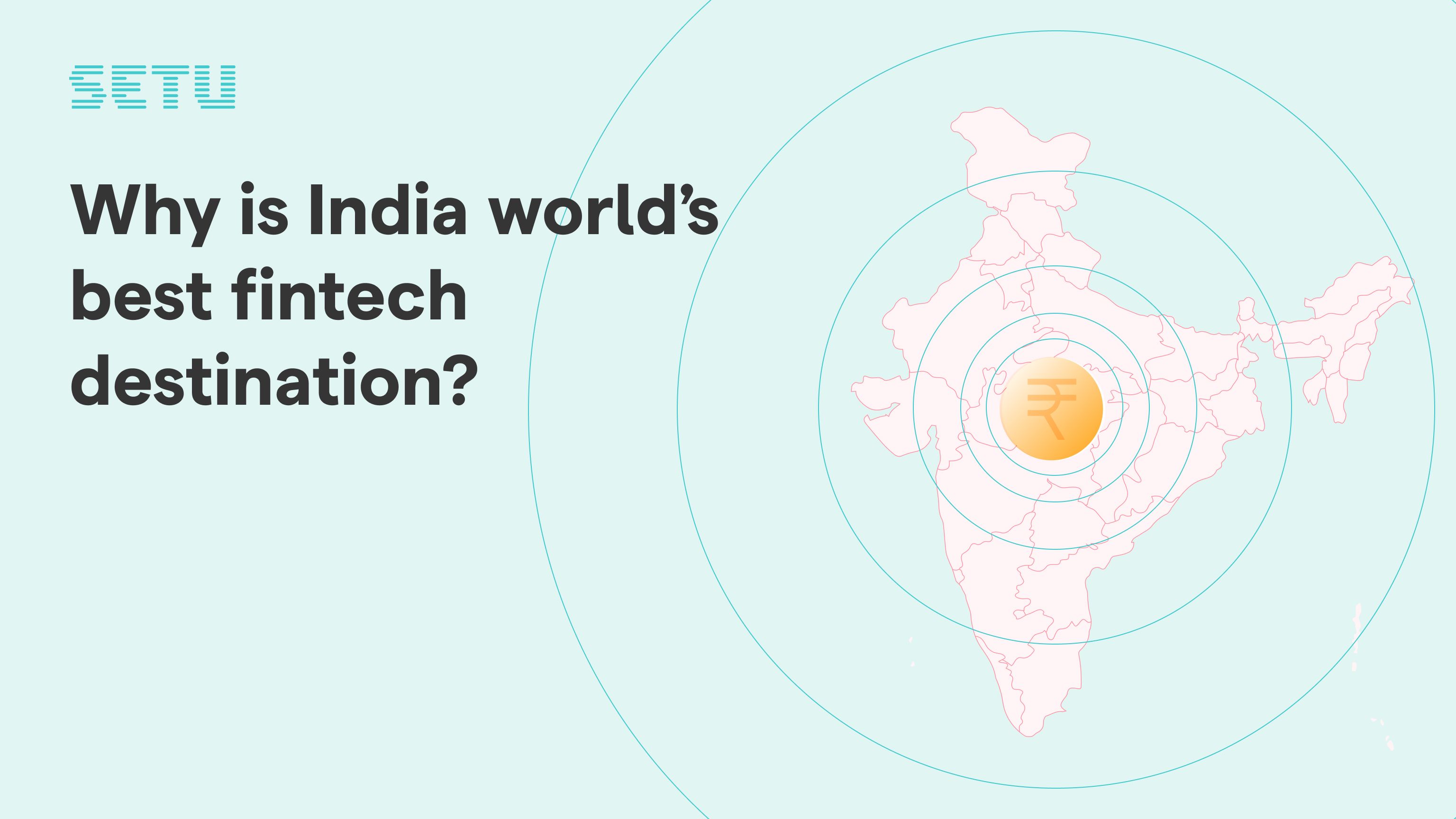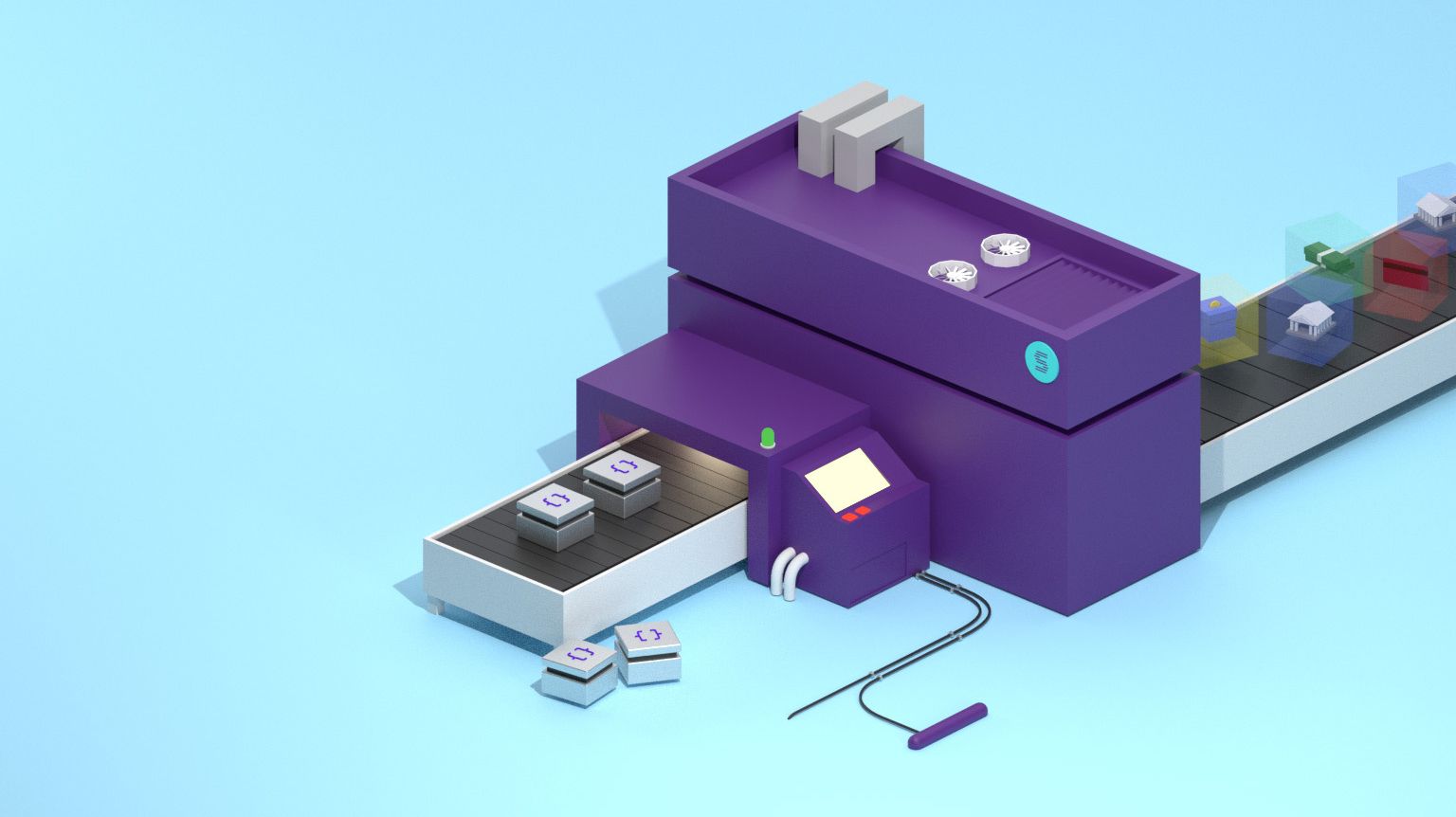Why is India the most exciting fintech market in the world?
17 Aug 2022 — DESIGN AND EVANGELISM

It’s that time of the year when end-of-season sales have you by the credit card. Your bank account doesn’t understand your end of reasoning. You want to make that payment in under 60 seconds to avail that 70% off on the handbag you have been eyeing all this while.
All you have is your phone. And all you need is also your phone. This isn’t a shtick. It all happened because technology and financial worlds decided to come together to make our lives easier.
Fintech is just a click away!
But the actual question here is —how does Bharat become truly digital? When are we as a country truly empowered with financial inclusion? It’s when a farmer could send money to her child studying in any part of the country via a single UPI transaction. It’s when more than 100 crore Indians come under the umbrella project of digital identity via Aadhaar.
All the 41 million transactions made in a day, makes Bharat the world's third largest fintech ecosystem.
5.47 trillion monthly payments, 1.22 billion people accessing their digital identity and 700 million+ unique mobile connections forms the heart of the digital revolution in India. These numbers are opportunities that make India the most exciting fintech space in the world.
Conventionally, banks have acted as gateways for providing payment and financial services in India. With the mass adoption of fintech, banks are digitising their services and implementing cashless and paperless practices. In the recent few years, India has built robust digital payment mechanisms like UPI that has helped the incubation of fintech into the mainstream.
This paradigm shift in the banking industry has been aided by several factors including the growing internet and smartphone penetration rates that have provided people access to high-speed internet connectivity. Furthermore, technology has played a key role in the expansion of fintech by drastically decreasing the expense of starting up a new business.
Another major supply-side stimulant is the government initiatives to promote ‘Make in India’ and ‘Digital India’ that have provided a conducive environment for the fintech market.
The robust public infrastructure — India Stack has managed to craft digital identity products that are based on Aadhar. 13 years down the line, the Indian fintech space has been consistently building different layers of digital public infrastructure. The bottom most layer is the identity layer which allows a user to authenticate themselves and perform actions like e-KYC that serves as a digital signature for the user.
The payments layer supports different payment infrastructure that have been built in India, the most popular one being UPI. The third and the most important layer of India stack is the data layer which enables the users to get access to financial data using consent-based sharing. This entire framework is known as the consent framework or the data empowerment and protection architecture which forms the foundation of India’s tech as we know it today.
These public infrastructure coupled with demand-side factors like increasing financial literacy in the country, the demand of businesses to provide efficient services at reduced costs, and demand for inclusive banking services by consumers have provided the much-needed impetus for the fintech revolution.
India is a young country, as a result, it has an appetite for technology providing opportunities for fintech to help consumers interact with financial services. Millennials in India's rapidly growing tech-savvy customer base are driving the adoption of mobile-first goods and services.
Consumers have migrated away from cards and wire transfers and toward smartphone banking across the nation, particularly in tier-2 and tier-3 cities and smaller towns. The mass urbanisation and the changing of consumer habits towards e-commerce will continue to encourage the advancement of new business models and start-ups including those belonging to fintech.
The cutting-edge technology used by the Fintech sector has carved out a niche for itself by supplying solutions that are specifically catered to the interests of customers as the financial services industry transitions from an earlier transactions-based strategy to one that is more consumer-centric.
Fintech has managed to create employment and revolutionise access to education while also addressing the issues associated with conventional financing methods.
Fintech is also making a substantial contribution to closing the socioeconomic divide in India by standardising lending and achieving gender parity. According to studies, growing use of mobile apps, wallets, and platforms has improved women's overall trends in saving and investing in India.
India's significant development potential in the upcoming years is further supported by a recent analysis by Boston Consulting Group (BCG) and FICCI, which predicted that the country's fintech sector will be valued at between US$150 and US$160 billion by 2025. The paper stated that over the previous five years, Indian fintech companies have raised over USD 10 billion from investors worldwide, boosting the sector's overall worth to an estimated USD 50–60 billion.
“At a compound annual growth rate (CAGR) of 20%, the value of Fintech transactions is predicted to increase from US$66 billion in 2019 to US$138 billion in 2023.”
Despite the pandemic, the Asia-Pacific area managed to maintain a healthy stream of investments, according to S&P Global Market Intelligence. With 121 deals, India led all Asia-Pacific (APAC) nations in Fintech investment in 2020 despite disruptions in the financial sector caused by COVID-19. It should be emphasised that investments in the Indian fintech sector were nearly twice as high as those in China.
Indian Fintech is at the precipice of creating immense value while revolutionising the Indian economy with these three important aspects
-
Fintech startups will raise the standard of financial services. Benefits of leaner operating models can be passed on to customers because they are not constrained by expensive physical networks, outdated operations, or IT systems.
-
The financial technology sector will provide original and cutting-edge methods for evaluating risks. The penetration of financial services in India will increase through utilising big data, machine learning, and alternative data to produce credit scores for customers with little credit history.
-
A more diverse, safe, and stable financial services environment will be produced through fintech. Compared to traditional banks, fintech companies provide excellent learning examples for enhancing competencies and culture.
Fintech and traditional banking systems have advantages and disadvantages, but a combination of the two seems appropriate to shape the country's financial landscape.
The future horizontal and vertical expansion that fintech will experience will determine how much economic growth fintech will bring to India. Horizontal growth would increase the accessibility of the current system to a bigger population whereas vertical growth entails creating new technologies that will provide consumers new tools to manage their finances.
If we take a global overview, the global fintech space has been growing at a rate of 23.4% year-on-year. However India is still an untapped market. Projections hint that India will gain 140 million middle-class and 21 million high-income families by the year 2030, fueling demand and expansion in the country's Fintech sector. According to a BlincInsight report by Economic Times, 14.6% of the Indian population is devoid of banking options compared with the 6% in the United States of America.
These untapped opportunities combined with high internet penetration, while expanding the middle income and high income households and favourable government initiatives will create large growth potential for Indian fintech, especially across digital lending, insurance and new banking.
Peer-to-peer lending, real-time payments, quick loan disbursement, transparent insurance advisory and distribution, and other services that formerly required human resources are now quickly becoming a part of the Fintech environment that is digitally native.
At the same time, this industry also includes more conventional financial services including insurance, personal finance, and gold lending. With different segments like PayTech, LendTech, Digital Banking, InsureTech and WealthTech, coming to the foray, the potential to build up to service for both India and Bharat has grown manifold.
It's time for us to realise that the next major revolution in the BFSI sector is at hand thanks to the power of fintech as we grow accustomed to replacing our wallets with mobile phones and real-time payments, along with ideas like instant digital credit, become a daily reality.
Want to know how Setu is bridging that gap?




